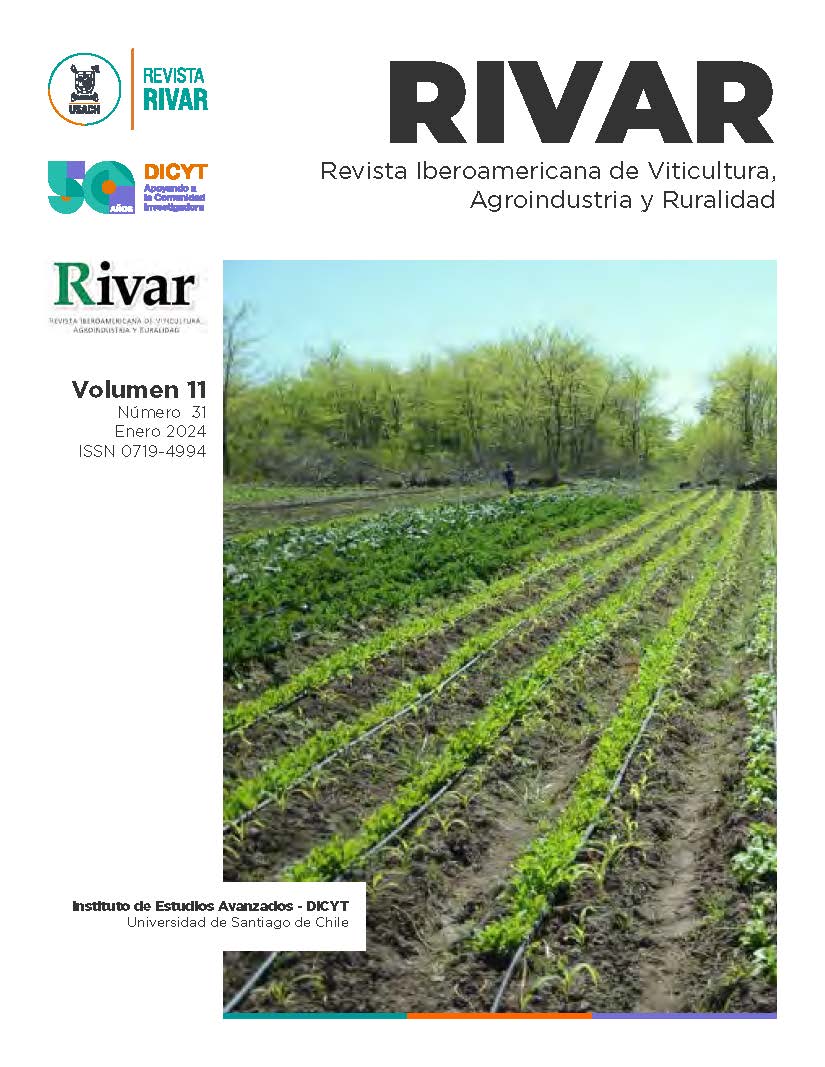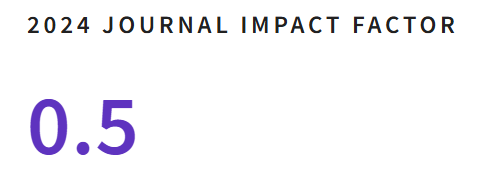Supplying of Wheat and Flour to the Army of Arauco during the Government of Francisco Laso de la Vega (1625-1640)
DOI:
https://doi.org/10.35588/rivar.v10i31.5946Keywords:
Arauco War, hydraulic flour mills, regional economy, cereal production, ChileAbstract
In 1598 southern Chile was engulfed in an Indian uprising that culminated with the abandonment of numerous cities and the loss of Spanish lives and material belongings. To stop the losses, the Spanish King sent to Chile an army of two thousand soldiers with the instruction that they should be supplied locally. Here we analyze the military supply systems of the Arauco Army from its creation after the 1598 Indian uprising until the end of the reign of Francisco Laso de la Vega. We will see the creation and ultimate failure of the Royal Farms and the role of the military landowners in the planting of wheat and the production of flour for the army. We will see the difficulties and commercial possibilities created by the war and their consequences shown in the production of wheat and the functioning of the hydraulic flour mills. We affirm that the region of Concepción archived food self-sufficiency during the reign of Francisco Laso de la Vega, which permitted the region to situate itself into the new Peruvian wheat market at the end of the 17th century.
Downloads
References
Bell, M. (2013). The Governance of Food Technology and Environmental Resource Flows: Connecting Mills, Water, Wheat, and People in Colonial Lima, Peru (1535-1700). [Tesis de doctorado]. Pennsylvania State University.
Campos Harriet, F. (1966). Alonso de Ribera, gobernador, galante y visionario. Andrés Bello.
Concha Monardes, R. (2014). El reino de Chile: Realidades estratégicas sistemas militares y ocupación del territorio (1520-1650). CESOC.
Contreras, H. (2001). La soldadesca en la frontera mapuche del Biobío durante el siglo XVII: 1600-1700. [Tesis de magíster]. Universidad de Chile.
____. (2011). Una enfermedad vieja y sin remedio: La deserción en el real ejército de la frontera de Chile durante el siglo XVII. Fronteras de la Historia, 16(2), 443-468.
De Ramón, A. y Larraín, J.M. (1982). Orígenes de la vida económica chilena, 1659-1808. Centro de Estudios Públicos.
Díaz Blanco, J.M. (2010). Razón de estado y buen gobierno: La guerra defensiva y el imperialismo español en tiempos de Felipe III. Secretariado de Publicaciones de la Universidad de Sevilla.
____. (2011). El alma en la palabra: Escritos inéditos del padre Luis de Valdivia. Universidad Alberto Hurtado.
Gaune, R. (2016). Escritura y salvación. Cultura misionera jesuita en tiempos de Anganamón, siglo XVII. Universidad Alberto Hurtado.
Inostroza Córdova, L. (2018). El mercado regional de Concepción y su articulación al mercado virreinal y mundial, siglo XVII. Archivo Histórico de Concepción.
Lacoste, P. (2018). Molinos harineros en Chile (1700-1845). Implicancias sociales y culturales. América Latina Historia Económica, 25(3) 105-134.
Retamal Ávila, J. (1985). La producción de la viña de Quilacoya entre 1676 y 1682. Cuadernos de Historia, 5, 25-36.
Salas, A. y Lacoste, P. (2021). Molinos hidráulicos harineros en Coquimbo (Chile, 1544-1750). Historia Agraria, 85, 99-127. http://dx.doi.org/10.26882/histagrar.085e03l
Stewart, D. (2015). Las viñas de Concepción: Distribución, tamaño y comercialización de su producción durante el siglo XVII. RIVAR, 2(4), 106-124.
____. (2016a). Elite militar y formación económica de un espacio regional: Concepción, 1598-1700 (tierra, población y mercado). [Tesis de doctorado]. Universidad de Chile.
____. (2016b). El sistema laboral dentro de una hacienda chilena colonial: Las cuentas de San Telmo de Queyilque (1758-1783). Fronteras de la historia, 21(2), 48-77.
____. (2018). Los libros de cuentas de Miguel Vallejo: El estudio de una fuente colonial (Chile 1758-1783). RIVAR, 5(14), 223-315.
____. (2019). Historical Tsunamis in the Penco Bay, as Seen in the Reconstructed Runups from the City of Concepción, Chile (1570-1835). Revista de Historia de la Universidad de Concepción, 2, 97-127. http://dx.doi.org/10.4067/s0717-88322019000200097
____. (2021a). El terremoto de 1657 en Concepción, Chile. Un análogo colonial del terremoto en Maule 2010. Cuadernos de Historia, 55, 191-221. http://dx.doi.org/10.4067/s0719-12432021000200191
____. (2021b). Social Advancement: Military Promotions and Retirement within the Spanish Army in Chile (1693-1735). Temas Americanistas, 47, 373-408. http://dx.doi.org/10.12795/temas-americanistas.2021.i47.19
Suárez, M. (1995). Comercio y fraude en el Perú colonial: Las estrategias mercantiles de un banquero. Instituto de Estudios Peruanos.
____. (2001). Desafíos transatlánticos: Mercaderes, banqueros y el Estado en el Perú virreinal, 1600-1700. Pontifica Universidad Católica del Perú e Instituto Riva-Agüero.
Tesillo, S. (1647). Guerra de Chile: Causas de su duración, advertencias para su fin (Tomo 5, 1981). Colección de historiadores de Chile i documentos relativos a la historia nacional. Imprenta Real.
Vargas Cariola, J. (1981). Ejército de Chile en el siglo XVII. [Tesis de doctorado]. Universidad de Sevilla.
____. (1984). Financiamiento del ejército de Chile en el siglo XVII. Historia, 19, 159-202.









